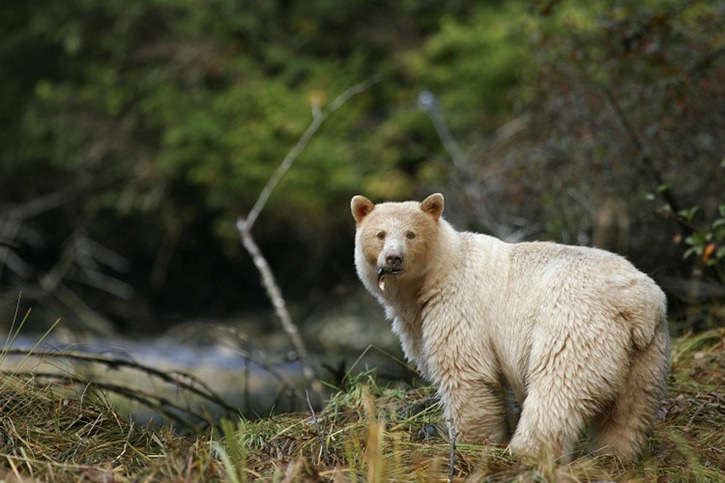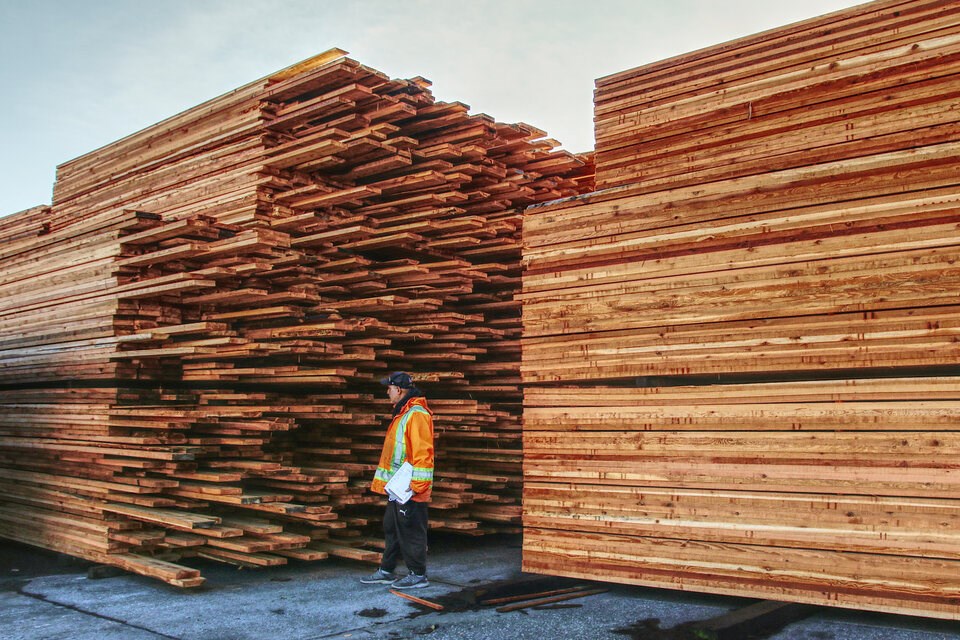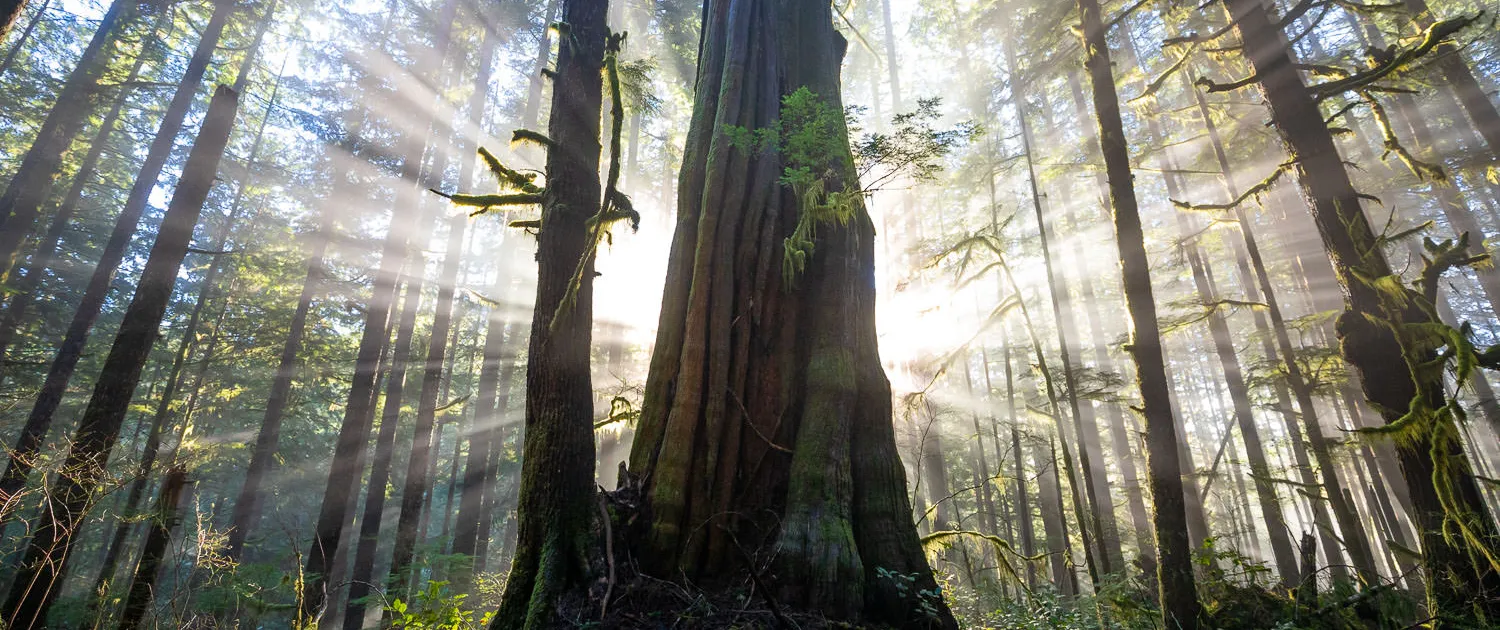 Feb 23 2014
Feb 23 2014Conservation and industry reach agreement on protecting old growth in the Great Bear
The B.C. government announced last week that environmental groups and forestry companies have jointly submitted recommendations to ‘increase conservation while maintaining economic activity in the Great Bear Rainforest.’
The agreement — which will preserve another 500,000 hectares of old growth — increases forest protection to nearly 70 per cent in the mid-coast region from the 50 per cent level already protected by 2009. The addition pushes the amount of old-growth forest preserved to more than three million hectares, an area larger than Metro Vancouver.
An 82 page submission from the ‘Joint Solutions Project,’ a working group of environmental groups and forest companies that includes Western Forest Products, Interfor, Howe Sound Pulp and Paper, BC Timber Sales and Catalyst, and three environmental groups ForestEthics, Greenpeace and Sierra Club of BC, contains numerous recommendations.
The submission proposes that additional areas be set aside for conservation, that harvest levels be adjusted to maintain viable forestry operations, and advocates a new approach to landscape planning that better accounts for old growth, cultural values, biodiversity and riparian zones.
The process of protecting the central coast began in 2001 with then-premier Gordon Campbell. At that time environmentalists around the world were putting the pressure on B.C. to act by a campaign against provincial forest products, and by 2009 large areas of the Great Bear were under protection.
The recommendations will now be evaluated by the Province, Nanwakolas Council and Coastal First Nations. The government has reconciliation agreements with both these groups of First Nations. In addition, 12 other First Nations will need to be consulted since they also have traditional territory in the Great Bear Rainforest. Ministry staff will review the recommendations for legislative and fiscal implications and implications to other resource users, and First Nations will review for implications to their interests.
Coastal First Nations executive director Art Sterritt said they don’t expect to call for massive changes. Sterritt also noted that several First Nations hold tenures in the mid-coast area and will also want to protect the eco-system while participating in logging. But, he also pointed out that expects some conflict between the First Nations and industry on which areas to protect and which to log.
“We are pleased that the Joint Solutions Project has completed its work,” said Sterritt. “Coastal First Nations will now take this report to our communities for review and discussion prior to finalizing legal objectives with the Province for the Great Bear Rainforest.”
ForestEthics senior campaigner Valerie Langer said this is the final step in protecting the Great Bear Rainforest. “There’s never been any conservation of this scale achieved. To do this in a collaborative way with unlikely allies over an area the size of some countries, and to both protect the forest and maintain viability of an industry, is a great achievement,” she said.
Industry officials are also in support of the recommendations, reflecting on past conflicts that made it seem that an agreement of this type would be impossible to reach.
“This has been a long time coming. It was not just done in the last week, or last month,” said Interfor vice-president and chief forester Ric Slaco. “This looks to be the final chapter. That’s a big deal.”
Government is also pleased with the outcome. “I congratulate the forest companies and environmental groups for their continued cooperation and efforts in finding solutions that manage both the environment and local economies in this unique region of the world,” said Steve Thomson, Minister of Forests, Lands and Natural Resource Operations.






